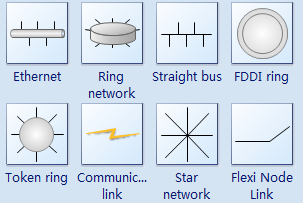The Internet is a global system of interconnected computer networks that use the standard Internet protocol suite (often called TCP/IP, although not all applications use TCP) to serve billions of users worldwide. It is a network of networks that consists of millions of private, public, academic, business, and government networks, of local to global scope, that are linked by a broad array of electronic, wireless and optical networking technologies. The Internet carries an extensive range of information resources and services, such as the inter-linked hypertext documents of the World Wide Web (WWW) and the infrastructure to support email.
The communications infrastructure of the Internet consists of its hardware components and a system of software layers that control various aspects of the architecture. While the hardware can often be used to support other software systems, it is the design and the rigorous standardization process of the software architecture that characterizes the Internet and provides the foundation for its scalability and success. The responsibility for the architectural design of the Internet software systems has been delegated to the Internet Engineering Task Force (IETF). The IETF conducts standard-setting work groups, open to any individual, about the various aspects of Internet architecture. Resulting discussions and final standards are published in a series of publications, each called a Request for Comments (RFC), freely available on the IETF web site. The principal methods of networking that enable the Internet are contained in specially designated RFCs that constitute the Internet Standards. Other less rigorous documents are simply informative, experimental, or historical, or document the best current practices (BCP) when implementing Internet technologies.










